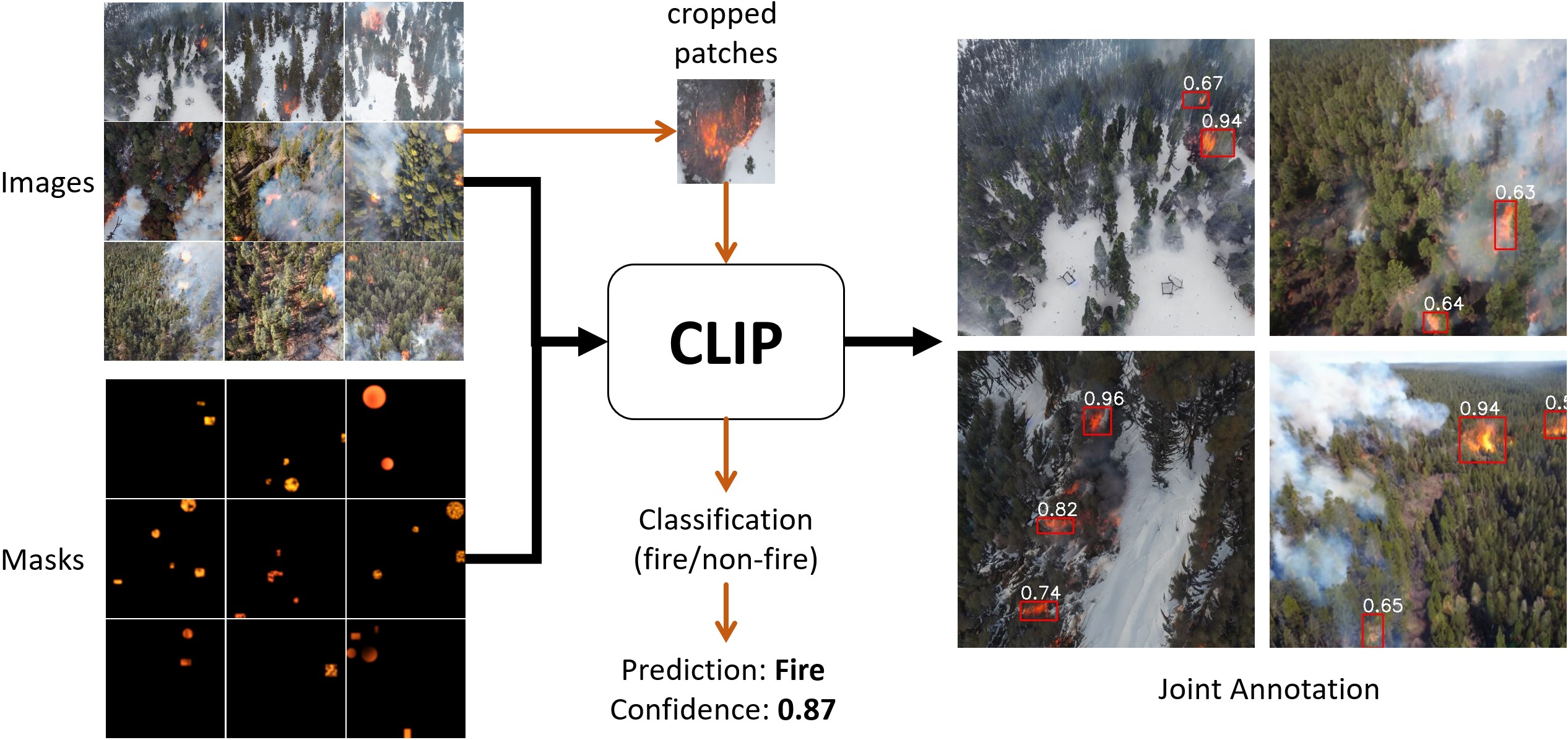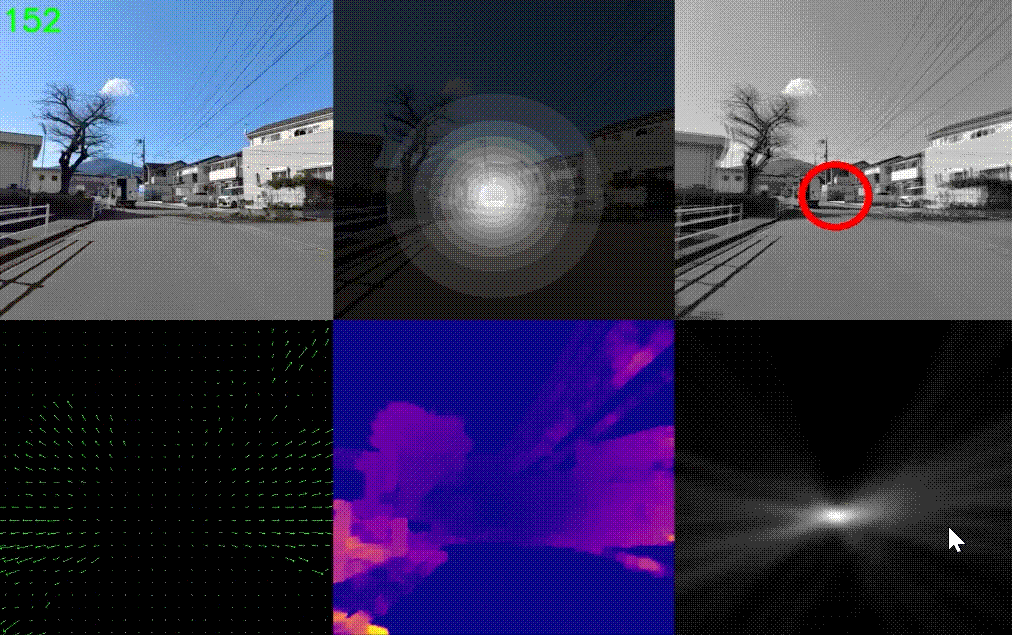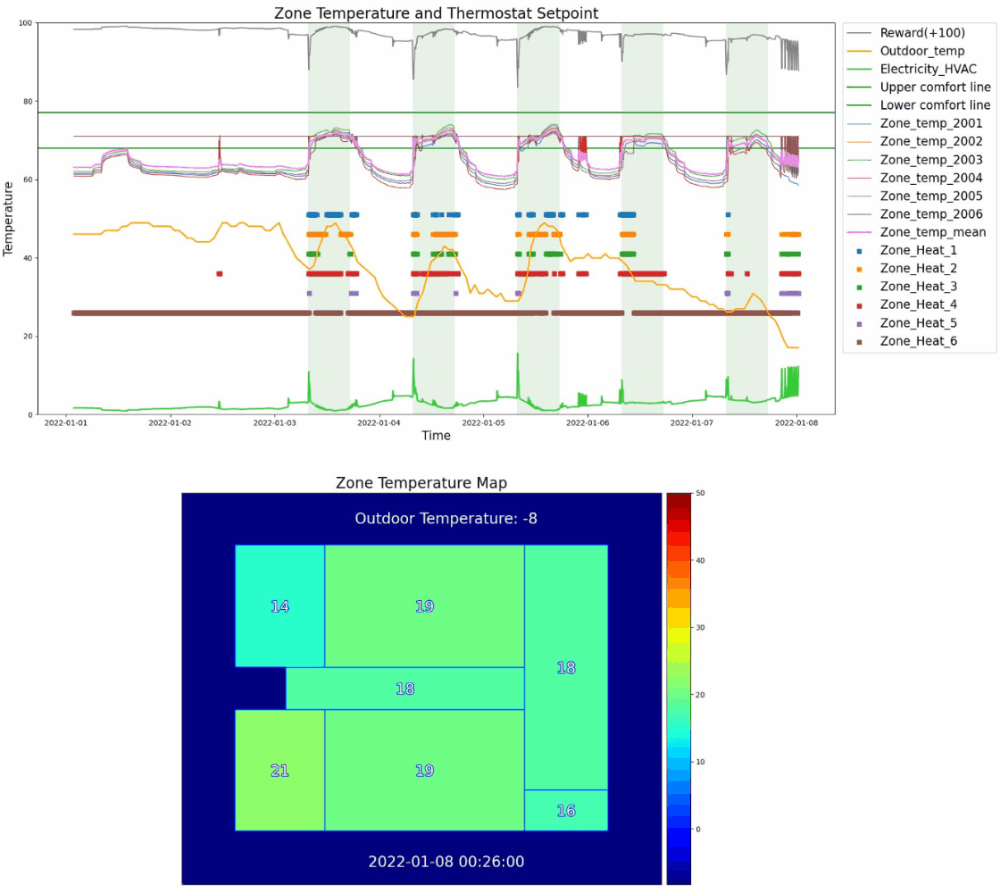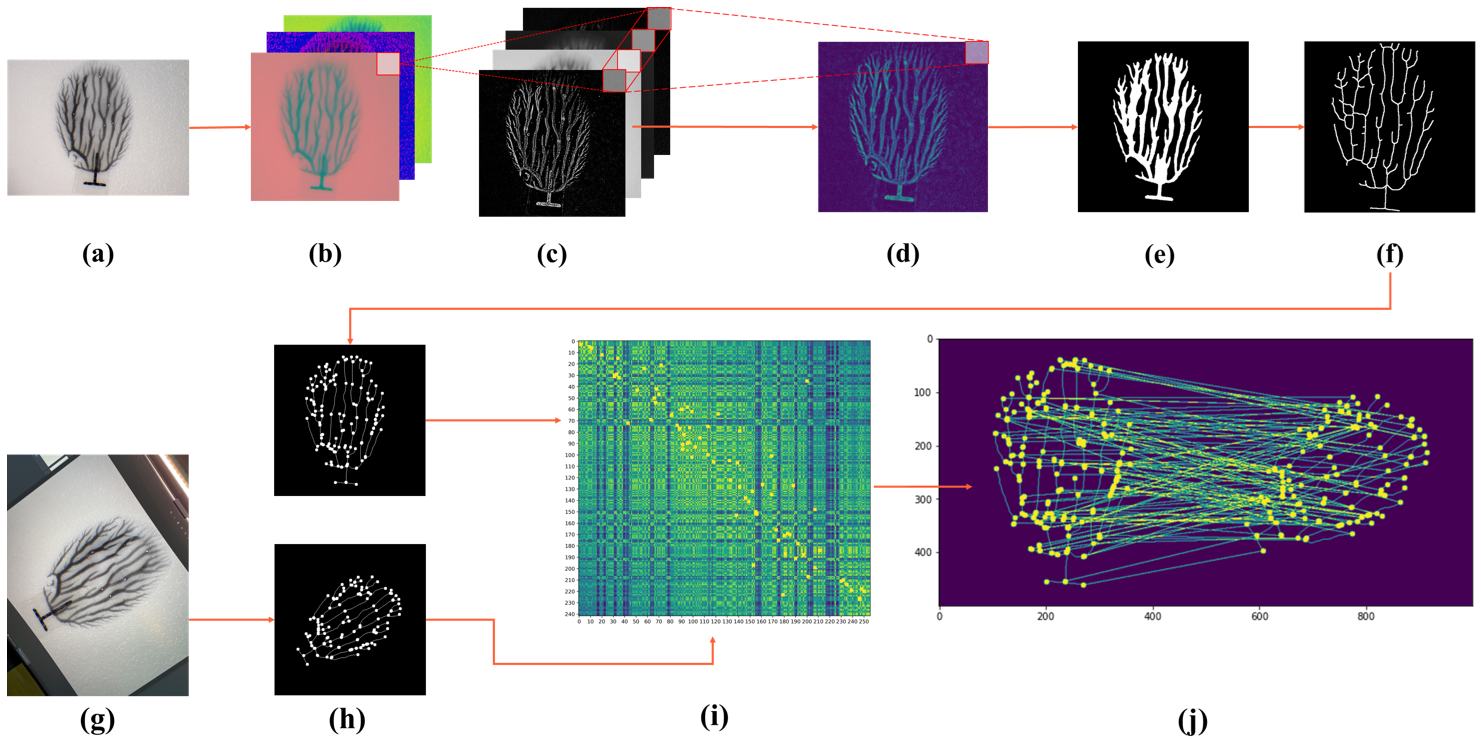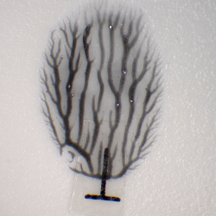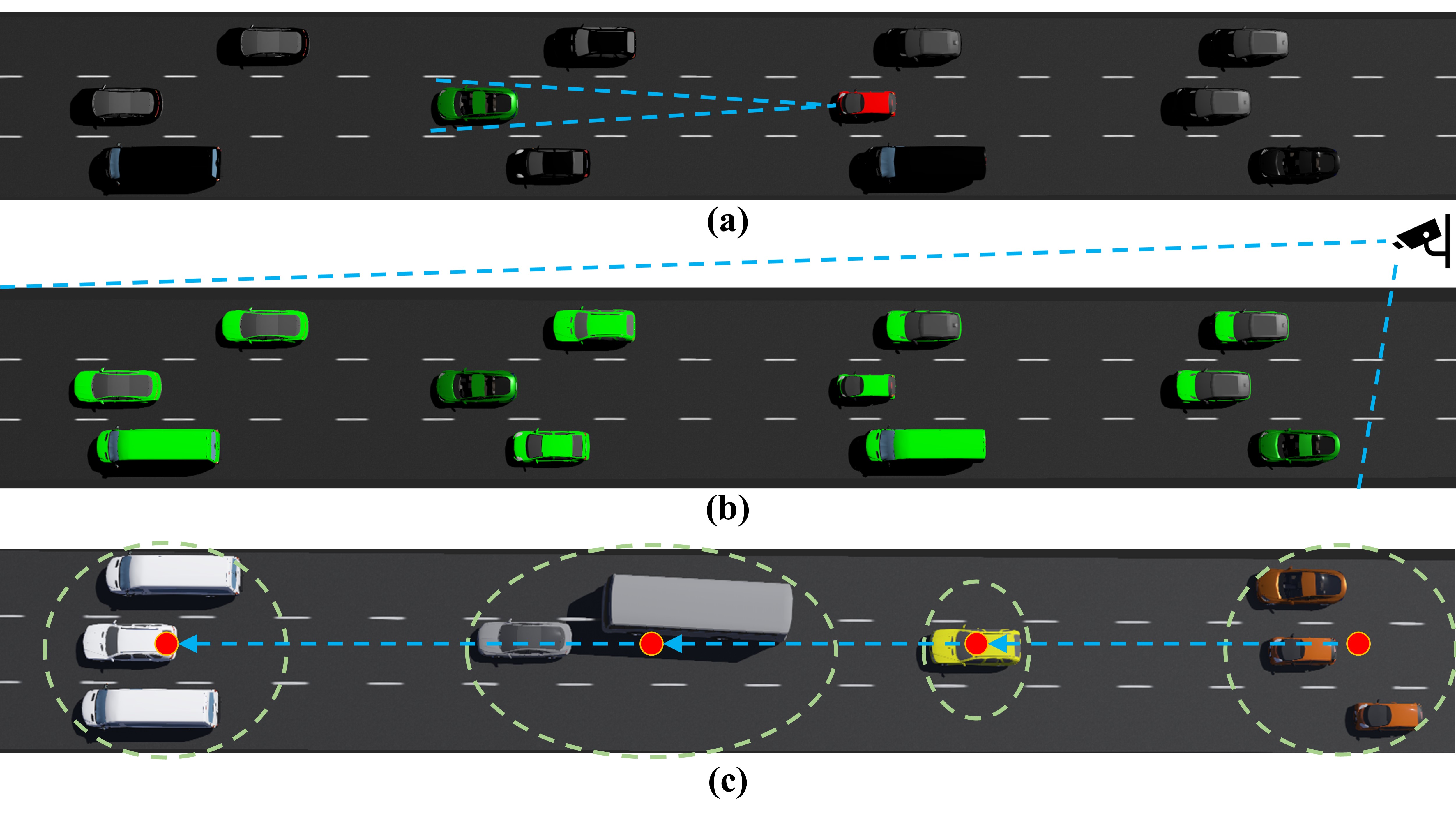Research Projects
News
[2024/12] One paper about multimodal Analysis and one paper about time series forecasting are accepted by AAAI2025.
[2024/10] Two of our papers get accepted by the BigData 2024 Conference.
[2024/10] Outstanding Contribution Award, UWF4DR Organizing Committe.
[2024/10] 3rd Place Challenge Award, UWF4DR Task1: Image Quality Assessment.
[2024/10] 3rd Place Challenge Award, UWF4DR Task3: Identification of Diabetic Macular Edema.
[2024/8] One paper about multimodal Analysis and one paper about time series forecasting are accepted by AAAI2025.
[2024/8] Our paper about data selection has been accepted by round 1 of WACV2025. The acceptance rate of round 1 is 12% (=167/1381).
[2024/8] Our paper about GNN for traffic network analysis has been accepted by Sigspatial2024 as an Oral presentation.
[2024/7] Our paper DGR-MIL: Exploring Diverse Global Representation in Multiple Instance Learning for Whole Slide Image Classification has been accepted by ECCV2024.
[2024/6] Our paper Learning on Bandwidth Constrained Multi-Source Data with MIMO-inspired DPP MAP Inference has been accepted by IEEE Trans. on Machine Learning in Communications and Networking.
[2024/6] Our paper SelfReg-UNet: Self-Regularized UNet for Medical Image Segmentation has been accepted by MICCAI2024.
[2024/6] Our paper Quantification of cardiac capillarization in basement-membrane-immunostained myocardial slices using Segment Anything Model has been accepted by Nature Scientific Reports.
[2024/5] Our paper TimeMIL: Advancing Multivariate Time Series Classification via a Time-aware Multiple Instance Learning has been accepted by ICML2024.
[2024/4] Our paper Imaging Signal Recovery Using Neural Network Priors Under Uncertain Forward Model Parameters has been accepted by PBDL@CVPR2024 as an Oral Presentation.
[2024/4] Our paper nnMobileNet: Rethinking CNN for Retinopathy Research has been accepted by DCAMI@CVPR2024.
PilotPC: Proactive Inverse Learning of Network Topology for Predictive Communication among Unmanned Vehicles
The use of Unmanned aerial vehicles (UAVs) has become commonplace in many applications nowadays. Like many other technologies, UAVs brings comfort and efficiency to the current practice in many applications while posing threats and safety issues. This project advances the frontier of science in developing safer and more reliable aerial monitoring platforms while offering privacy and safety. Towards this goal, this project aims to make accurate predictions in a network of unmanned aerial vehicles, by using inverse learning techniques, so as to enable safer and more efficient operations. A smart observation system will be developed to constantly monitor the behavior of autonomous agents to identify suspicious activities by measuring their deviation from the most rational behavior under given conditions. The proposed research includes several steps: (i) to develop mechanisms to simulate the target node's perception of its surrounding environment (i.e., seeing the word from the target's eyes) using deep learning methods, (ii) to predict its rational behavior(s) under given conditions and available resources by modeling the target's decision making procedure through inverse learning (reading the target's brain), and (iii) to measure the level of trust by detecting rare but critical episodes of deviating from its expected rational behavior. In particular, the mobility of UAVs and their networking activities will be investigated as two important scenarios of malicious activities. This project is expected to result in developing new tools and algorithms for the action analysis of smart nodes that will be shared with the research community.
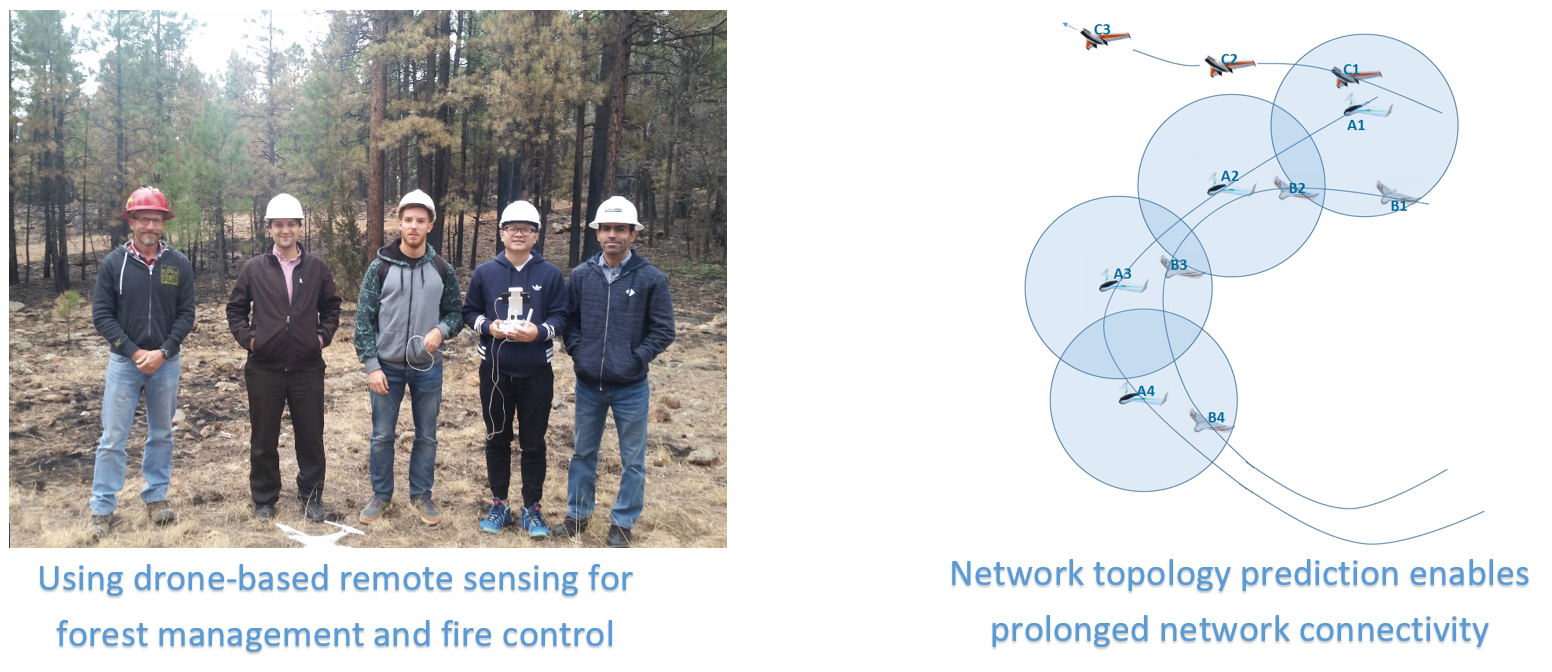
Sequence Complementor


FLAME 2 Wildfire Dataset
This work presents a methodology for identifying and mapping fire and smoke using high-temporal and spatial-resolution observations from an integrated two sensor (mid-wave IR and visible bands) UAS-based imaging system. The paper also presents a unique dataset of side-by-side RGB/IR imagery collected during a prescribed fire near Flagstaff, Arizona in 2021 [20]. The images are jointly labeled by two human experts with fire/no-fire and smoke/no-smoke1 labels. In addition to aerial images, data on weather information, and georeferenced pre-burn point cloud data points are included in the dataset. It is expected that the methods developed to produce the FLAME2 dataset and others to follow can facilitate fire detection and modeling, as well as fire management.

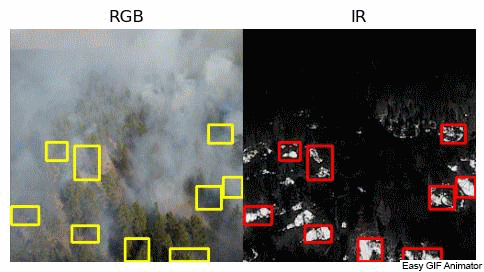
DH-GAN
We propose a new DL architecture based on generative adversarial networks that uses a discriminative network for realizing a semantic measure for reconstruction quality while using a generative network as a function approximator to model the inverse of hologram formation. We impose smoothness on the background part of the recovered image using a progressive masking module powered by simulated annealing to enhance the reconstruction quality. The proposed method is one of its kind that exhibits high transferability to similar samples, which facilitates its fast deployment in time-sensitive applications without the need for retraining the network

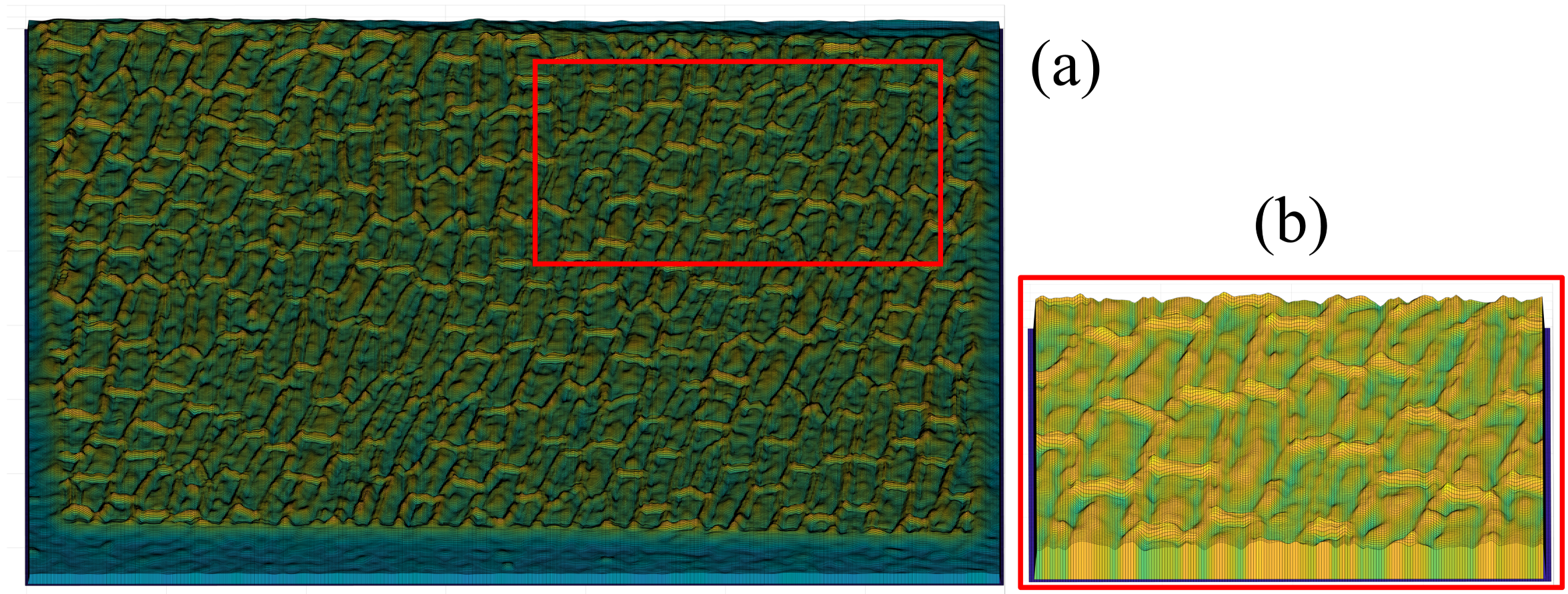
Deep Learning-TSA
This paper explores deep learning (DL) methods that are used or have the potential to be used for traffic video analysis, emphasizing driving safety for both autonomous vehicles and human-operated vehicles. A typical processing pipeline is presented, which can be used to understand and interpret traffic videos by extracting operational safety metrics and providing general hints and guidelines to improve traffic safety.


Driving Safety Analysis
We are working with Intel, Exponent, Arizona Department of Transportation, ASU, and UA to develop the Institute of Automotive Mobility (IAM) under a project funded by the Arizona Commerce Authority. This project concerns developing learning-based AI platforms to enhance the driving safety of self-driving and human-drive vehicles in the state of Arizona. The overarching goal of this initiative is developing traffic advisory systems, traffic system design guidelines, and online warning systems. My team is working on developing a learning-based anomaly detection method by processing network-level motion trajectories and profiling user's normal behaviors and driving style.

Remote Heart Monitoring
In this project, we are working on developing an individualized kit for remote monitoring of heart-related vital signals in order to trigger local and remote alarms when a life-threatening abnormality is predicted through analyzing the vital signals. The vital signals may include the heart ECG signal, environmental conditions (temperature and humidity), light, chemical pollutants, and activity level of a patient. RFID technology is used to identify patients. In training phase, the informative features of the vital signals will be extracted in order to capture the normal pattern of the signals at different states (sleep, wakefulness, physical exercise, ...). The kit will constantly monitor the signals and send it through a wireless channel to a central processing unit for further analysis. The system will ignite an alarm on the kit and will send an alarm message to the physician if abnormality is detected.

Image Based Nano-Resolution Optical Security for IoT
In this project, we develop novel graph-theoretic authentication algorithms for IoT security using dendrites, as unclonable nano-material identifiers with unique 3d tree-structured patterns. This project involves topics in machine learning, image processing and security algorithm design. The dendrite devices are built by our collaborators at ASU.
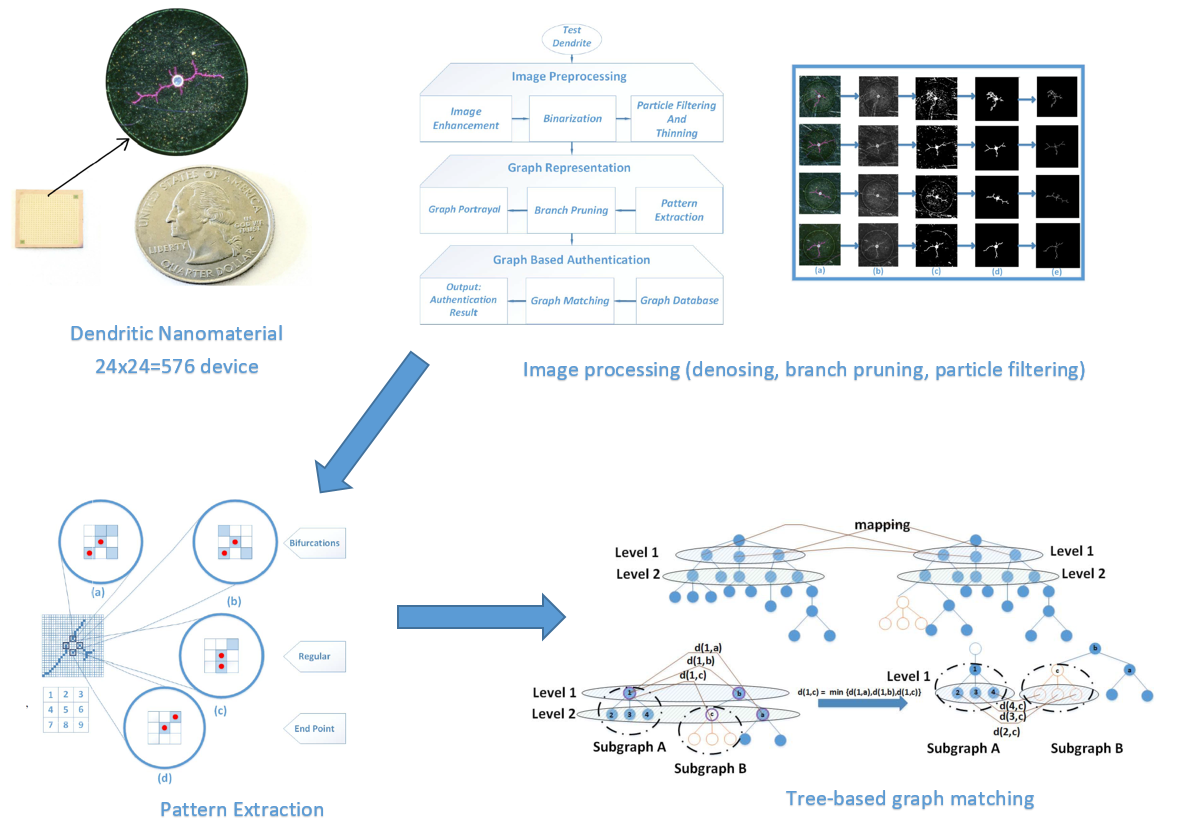

Optimal Packetization Policy for Secondary Users in Cognitive Radio Networks
In this project, we consider the entry point of Wireless Sensor Networks, where the sensor measurements are bundled into packets to be sent to a data fusion center. In current practical WSN platforms, the packet lengths are either constant or sole defined by input traffic statistics. In this project, we design an optimized packetization policies that constantly tracks the wireless channel conditions and adjusts the packetization criterion based on the current channel conditions.


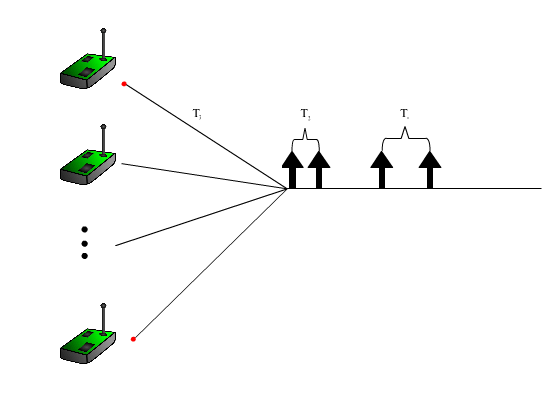
Computational Framework to Assess Functional Mutations Impacts
In this project, we develop a deep learning framework based on Bayesian hierarchical models in order to capture the regulatory relations among genes and protein complexes. This network model enables prediction of gene expression level for any cancer sample. We are looking to develop an impact analysis framework to identify somatic mutations in the parent genes that cause severe deviations in gene expression levels that leads to carcinogenesis. The results of this research will provided hypotheses for cancer-driver mutations for oncology community with application in targeted therapy design.

Robotics Design
We design robotics platforms to test advanced communication and control algorithms for real-world applications. It also helps our undergraduate students practice on-board programing and hardware design.





